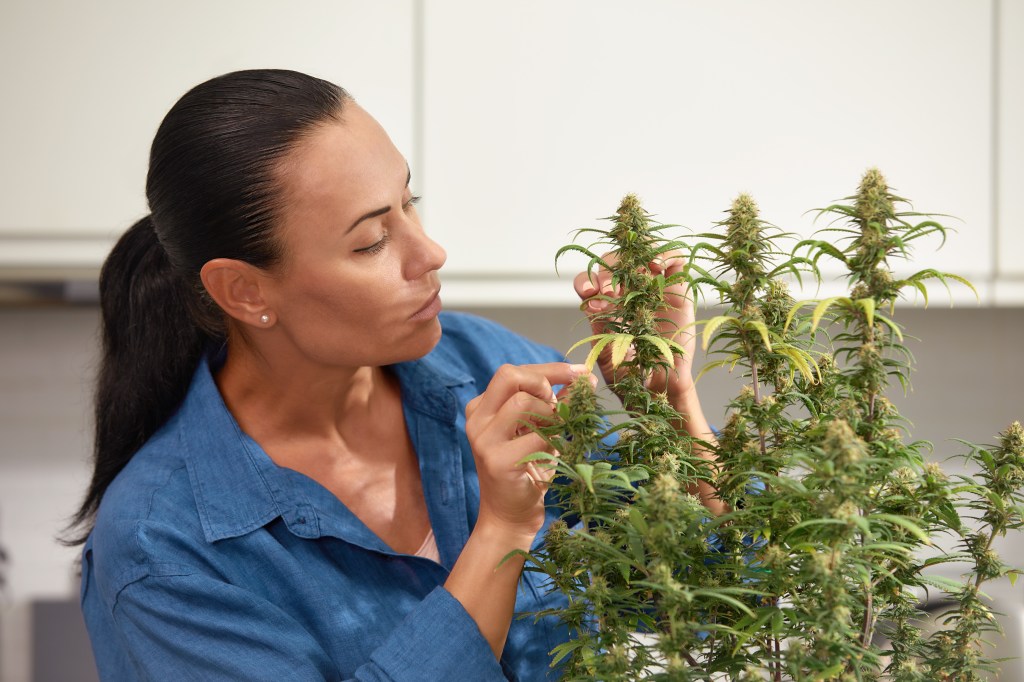
So, are you thinking of growing your own cannabis at home? Fantastic! Not only can it be a gratifying hobby, but it also gives you control over what they consume. We are going to immerse ourselves in the essentials of crop at home, ensuring that you get the best of your green efforts.
Understand the basic concepts
First, it is crucial to know that cannabis cultivation is subject to legal regulations that vary according to the location. Before planting your first seed, be sure to become familiar with local laws to make sure it is clear.
Cannabis plants come in two main species: Cannabis sativa and Cannabis indicates. Sativa strains are known for their edifying effects and higher growth, while indicating strains tend to be more relaxing and shorter in height. Depending on your preferences and space, choose a tension that suits your needs.
Settings of your cultivation space
Whether you have a wide rear patio or a cozy closet, you can configure a crop space that works. This is what you will need to consider:
- Light: Cannabis plants require wide light. Outdoors, prosper to direct sunlight. Indoors, you will need to invest in quality farming lights.
- Air: Proper ventilation is vital. Fresh air helps pests to mold and guarantees that plants obtain the CO₂ they need.
- Temperature and humidity: Point to temperatures between 70-85 ° F for the doors the day and a little fresher at night. Moisture levels must be around 40-60% duration in the vegetative stage and reduced rotation flowering.
- Growth means: The soil is the most common means, but hydroponic systems are also popular. Make sure your medium has a good drainage and is rich in nutrients.
Growth stages
Understanding the cannabis life cycle will help you provide adequate attention at each stage:
- Germination: This is when your seed springs. Place the seeds in a wet environment until small roots appear and appear.
- Seedling: Once sprouted, the plant enters the seedling stage, characterized by the development of its first leaves.
- Vegetative: Duration This phase, the plant focuses on growing leaves and stems. Make sure you get a lot of light and nutrients rich in nitrogen.
- Flower: This is when the shoots are formed. Adjust the light cycles to 12 hours and 12 hours free to induce flowering.
Nutrients and irrigation
Cannabis plants are hungry for nutrients, specified of nitrogen, phosphorus and potassium. Duration in the vegetative stage, yearn more nitrogen, while the flowering of duration, need more phosphorus and potassium. Excessive fertilization can damage your plants, so it begins with narrower amounts and adjustment as necessary.
Irrigation requires a balance. Excessive wear can lead to root rot, while the subgirage can acrobatics growth. A good general rule is to water when the upper inch of the ground feels dry.
Training and pruning
To maximize yields and guarantee a uniform light distribution, consider training techniques:
- Deck: Cut the main voice encourages the most Bushy growth.
- Low stress training (LST): Blessing Talls gently to extend them allows more light to reach the lower branches.
- Pruning: Eliminating unnecessary leaves and branches improves air flow and light penetration.
Pest and disease management
Even interior gardens are not immune to pests. Regularly inspect your plants for signs of:
- Acid: Small errors that create straps in the leaves.
- Aphid: Small insects that suck the sap, which leads to curly leaves.
- Dusty mold: A white and dusty fungus on the leaves.
The use of oil shots or insecticide soaps can help manage pests. Maintaining moisture and proper air flow reduces the risk of mold and mold.
Harvest and cured
After the Week of Attention, it is time to harvest the rewards:
- Harvest: When most pistils (structures similar to capillaries in the shoots) are darkened and curvated, it is a good indicator that the outbreaks are ready.
- Drying: Hang branches cut mouth in a dark and ventilated area for approximately a week.
- Healing: Place dry outbreaks in airitht jars, opening them daily during the first week to release moisture. This process improves flavor and power.
Continuous learning
The world of cannabis cultivation is permanent and always of evil. Resources such as Jorge Cervantes “” Marijuana horticulture: The Interior/Outdoor Medical Bible “sacrifices deep knowledge. Contract with local cultivation clubs or online forums can also provide valuable information and support.
Final thoughts
Cultivating your own cannabis is a trip full of learning and satisfaction. By understanding the needs of the plant and being attentive to its surroundings, you can grow high quality outbreaks at home. Remember, patience and observation are key. Happy growth!


